How To Make Rustic Duck Liver Pate
Views: 325
Typically, liver pâté is a spread or paste made from cooked livers and other ingredients. Unsurprisingly, any duck liver pâté recipe includes duck liver, fats such as butter or duck fat, and a combination of aromatics such as onions, garlic, and herbs. In essence, the preparation of duck liver pâté involves cooking the liver and other ingredients and then blending them to form a paste. The mixture usually gets packed into a terrine or dish, then chilled and allowed to set.
Jump to Recipe
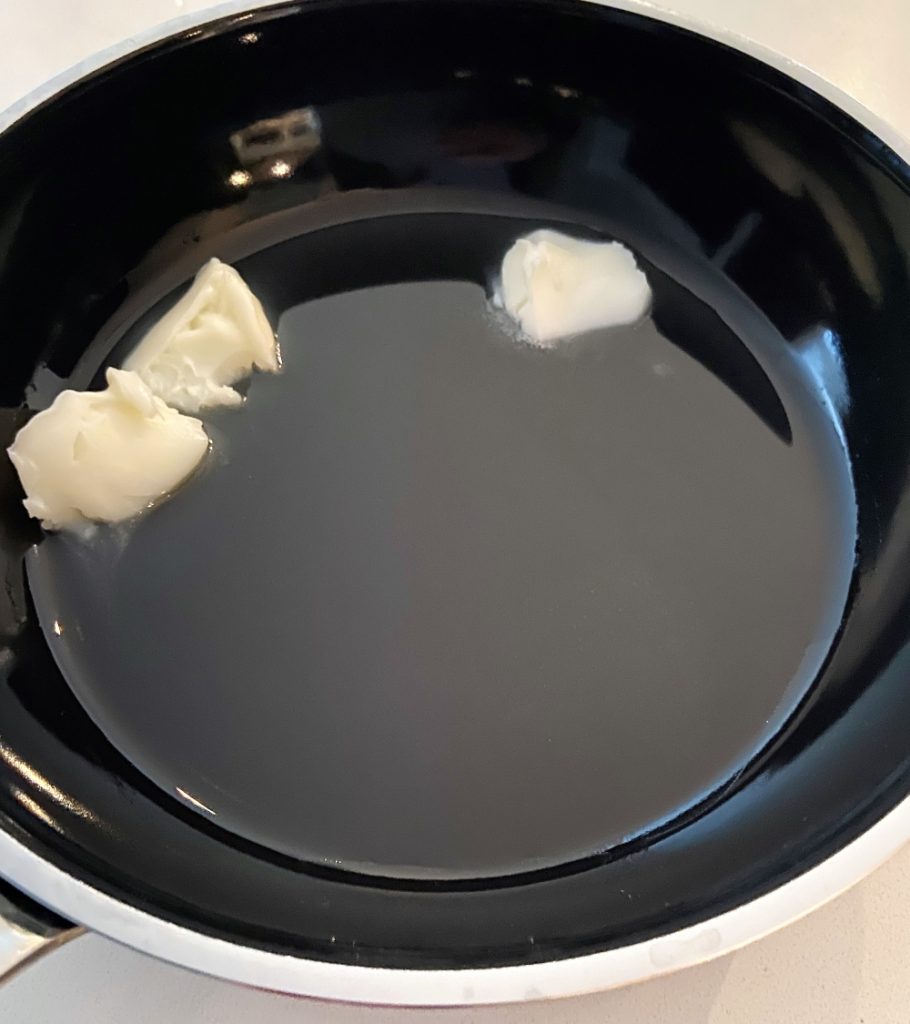
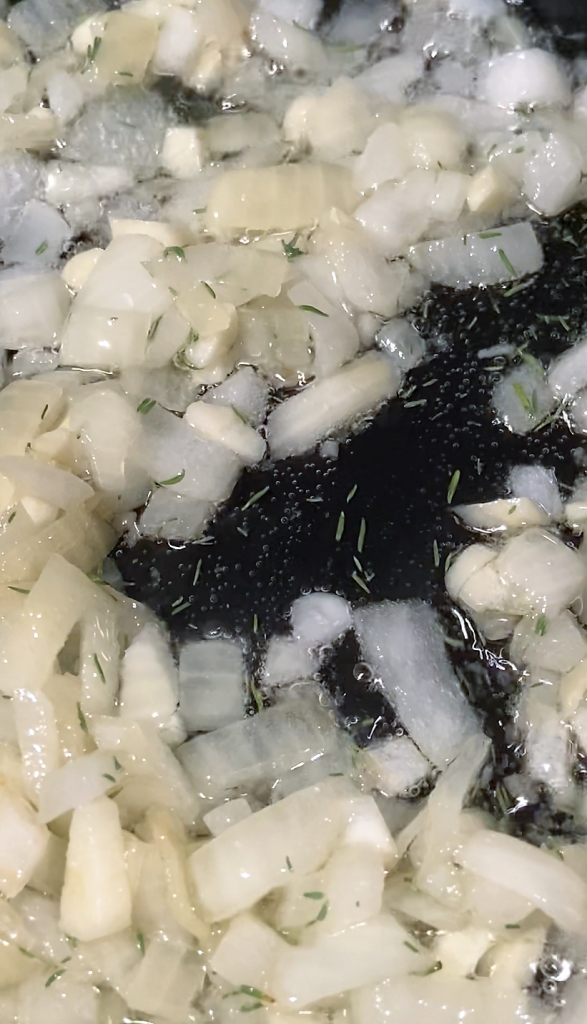
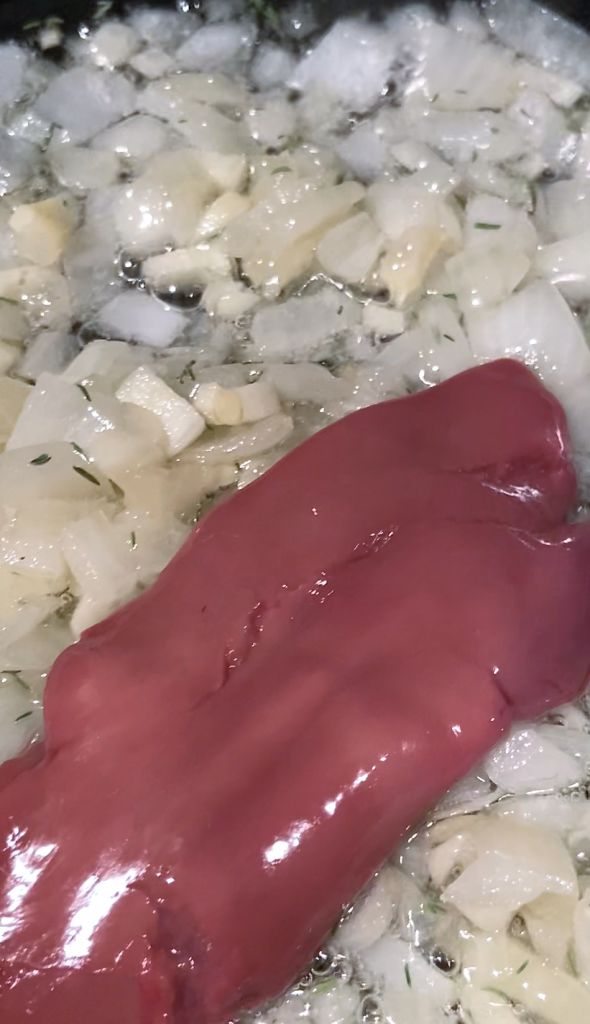
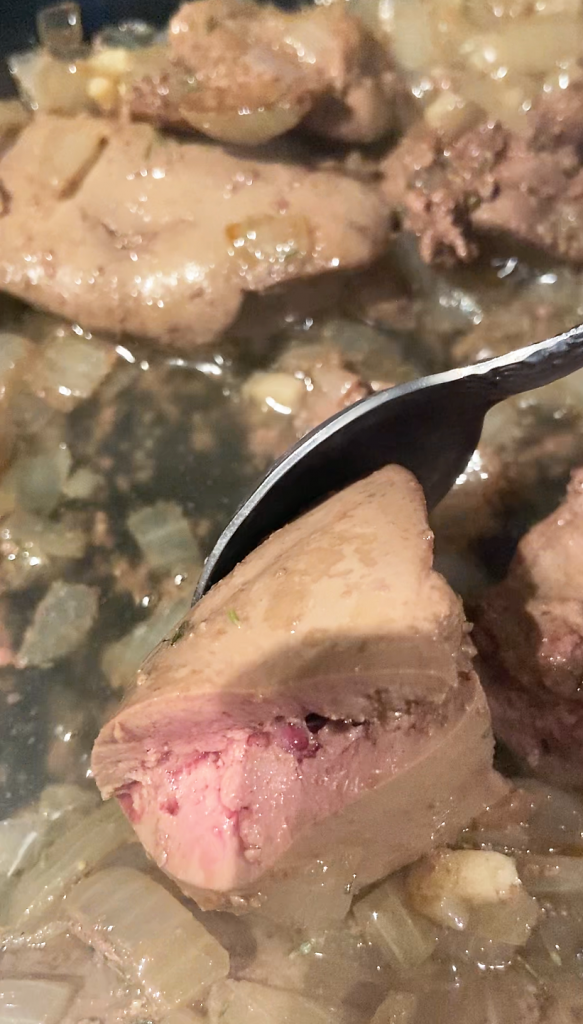
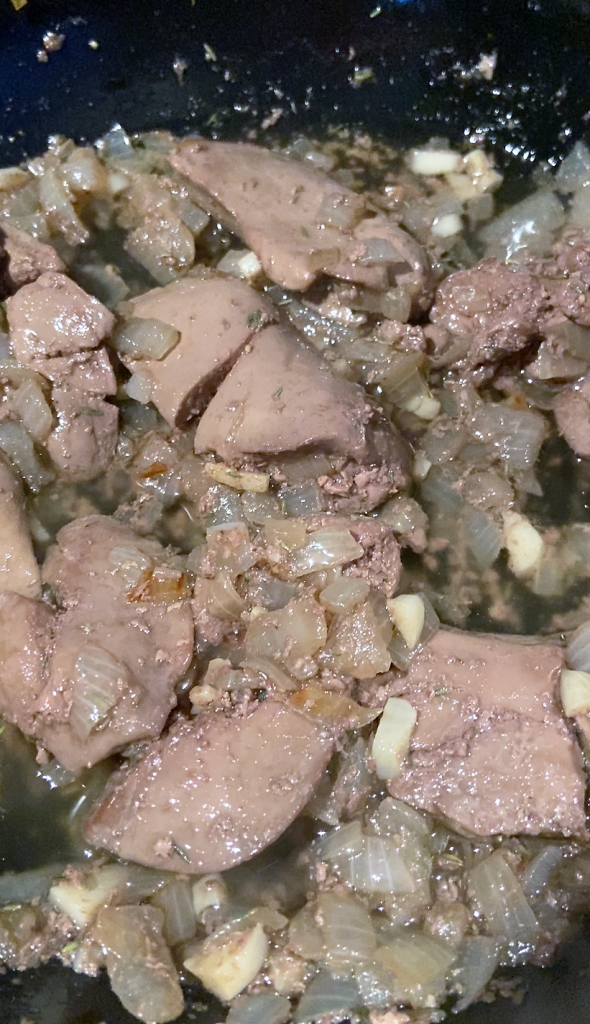
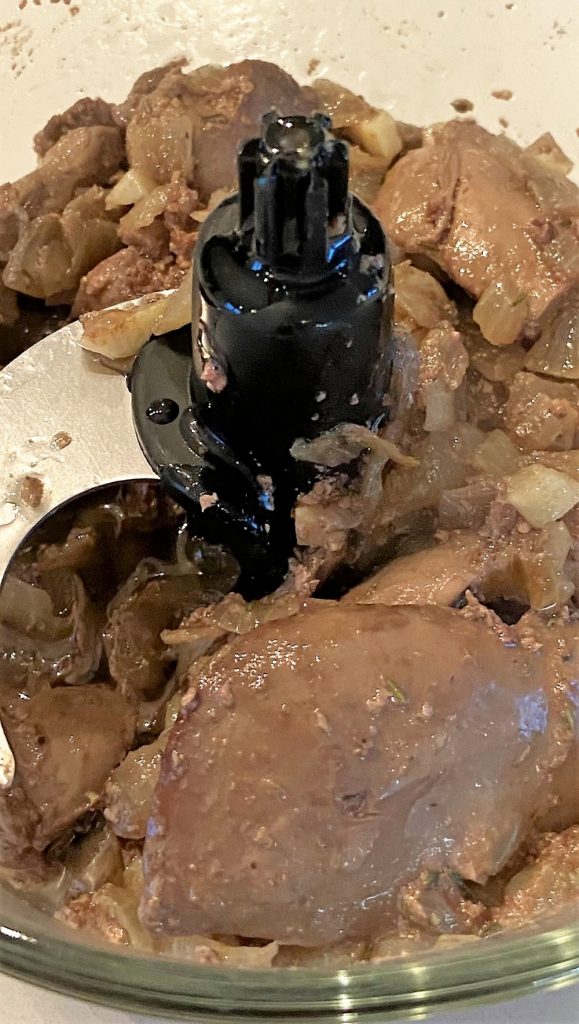
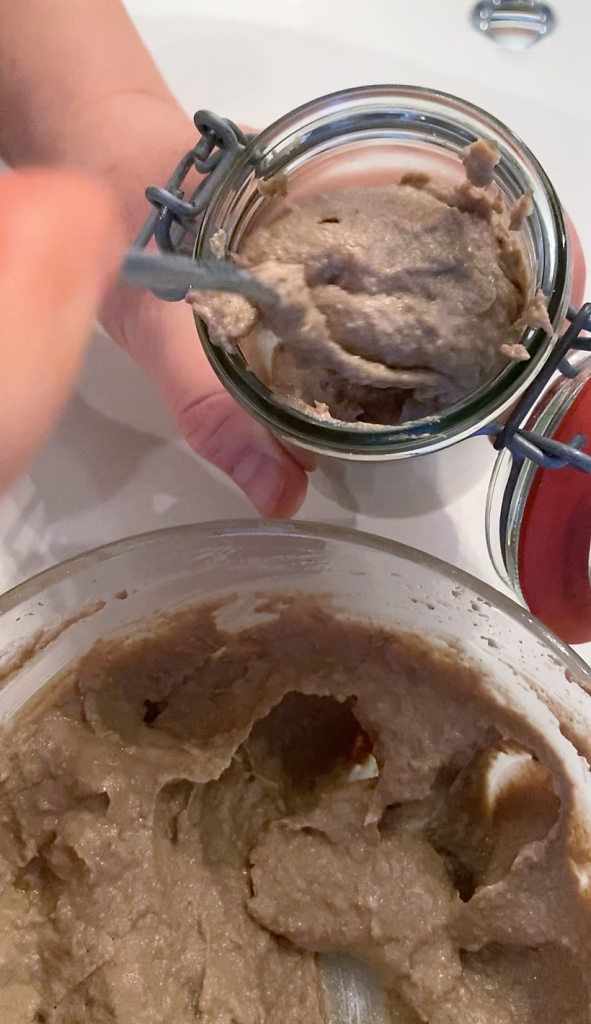
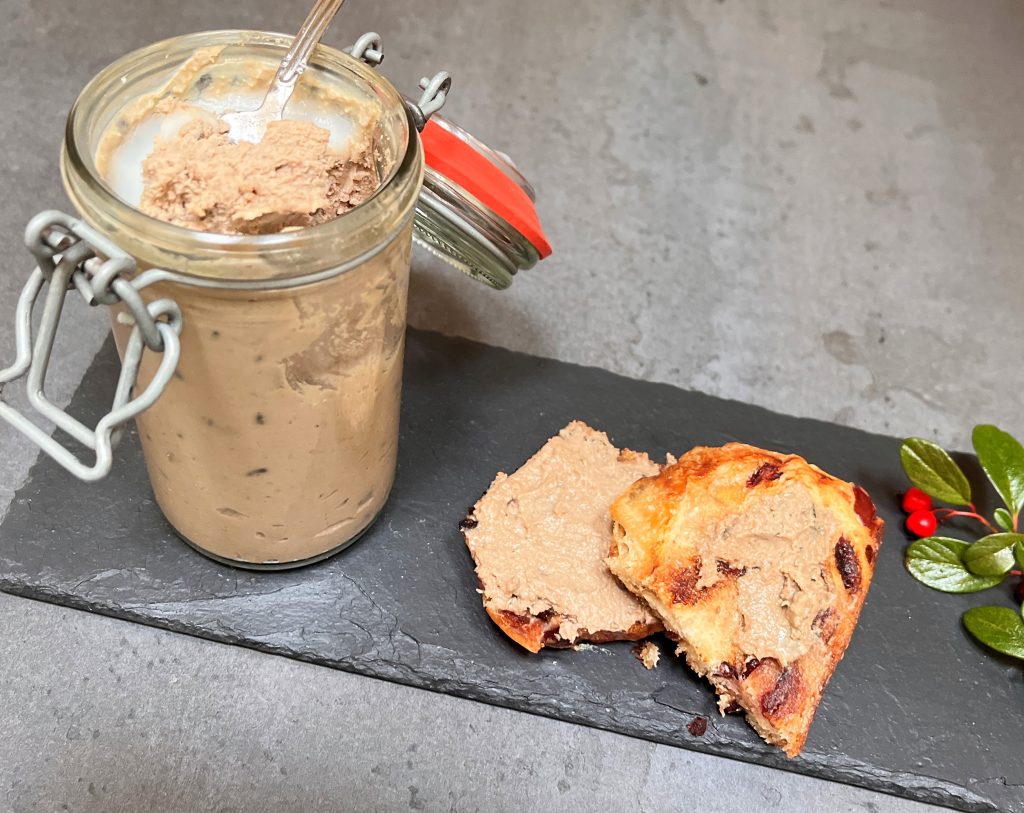

Tools you will need:
Duck Liver Pate
Ingredients
- ½ lb. duck liver 250 g
- 1 large onion ½ lb. weight
- 5 garlic cloves
- ½ cup melted duck fat
- 4 sprigs fresh or dry thyme
- white pepper and salt to taste
Instructions
Prepare Ingredients:
- Clean the duck liver, removing any membranes or connective tissues.
- Finely chop the onion and garlic cloves.
- Melt the duck fat if it’s not already in a liquid state.
Sauté Onion and Garlic:
- In a medium-sized pan, heat a tablespoon of duck fat over medium heat.
- Add the chopped onion to the pan and sauté until softened and translucent. Do not brown.
- Add chopped garlic to the pan and sauté for about 1-2 minutes. Take great care for ingredients to not get any color.
- Reserving one and a half tbsp. of the melted duck fat, add all of the remaining duck fat to the pan and sprinkle thyme into the garlic-onion mixture.
Cook Duck Liver:
- Add the duck livers to the pan with the sautéed onions, garlic and melted duck fat. Turn down the heat to low. You want to poach the duck livers in fat without browning them. Make sure to cook duck liver on both sides.
- To check if the duck liver is done, carefully make a cut in the center of the liver at its thickest point. If you see any traces of blood in the liver tissue, continue cooking. However, if the liver looks pink with no visible signs of blood, promptly turn off the heat and set the livers aside to cool slightly.
Blend the Mixture:
- Transfer the cooked duck livers together with duck fat, onions, garlic, and thyme mixture to a food processor.
- Blend the ingredients until you achieve a smooth consistency. Scrape down the sides of the food processor as needed to ensure everything is well combined.
Adjust Seasoning:
- Taste the pâté and adjust the seasoning with salt and pepper if necessary. Ensure the flavor is balanced to your liking.
- Film pâté with the remaining fat (this means pour fat on top of the pâté). This will seal and help to preserve pâté for longer.
- Refrigerate the pâté for at least a few hours or overnight to allow the flavors to develop.
Yield
Frequently asked questions
What’s the difference between duck liver mousse and pâté?
While duck liver mousse and pâté are both delicious spreads made from liver, they differ in terms of texture, ingredients, and preparation methods. In short, the main differences between duck liver mousse and pâté lie in their texture and the additional ingredients used. Specifically, duck liver mousse is lighter and often incorporates whipped cream or butter, while duck liver pâté is denser and typically includes a broader range of savory ingredients. Both are fantastic spreads that you can enjoy with bread, crackers, or as part of a charcuterie platter.
Is duck liver pate the same as Foie Gras?
While duck liver pâté and foie gras are related, they are not the same. The key difference lies in the preparation and the fattening process involved in producing foie gras.
Duck Liver Pâté:
- Duck liver pâté is made from the livers of regular ducks without the specific fattening process used in foie gras production.
- The preparation of the dish involves cooking and blending the liver with other ingredients like onions, garlic, herbs, and fat to create a smooth texture.
Foie Gras:
- Foie gras specifically refers to the fattened liver of ducks or geese. The term “foie gras” is French for “fat liver.”
- The production of foie gras involves force-feeding birds to enlarge and fatten their livers.
- It is is usually served lightly torched or fried to ensure that the structure of the foie gras does not change. However, foie gras can also be used in preparation of mousse or pâté, accounting for as much as 50% of the pâté.
Can I store duck liver in a plastic container?
We strongly discourage the use of plastic containers for storing fatty dishes due to the potential risk of harmful elements leaching into the food. Plastic leaching can occur due to various factors, such as the type of plastic used, the temperature of the food, the duration of contact, and the presence of acidic or fatty substances in the food.
Why is my duck liver pate grainy?
There are a few common factors that usually contribute to a grainy texture in homemade duck liver pâté. Here are some reasons why your pâté may have a grainy consistency and suggestions to address the issue:
- Overcooking the Livers: If you cook duck livers for too long, they can become overcooked which leads to a dry and gritty texture
- Inadequate Fat Content: The fat content in the pâté helps contribute to its smooth and creamy texture. If there isn’t enough fat or if the fat isn’t properly incorporated, the pâté can become grainy.
- Inadequate Emulsification: Achieving a proper emulsion is crucial for a smooth pâté. If the fat and other ingredients are not emulsified correctly, it can lead to separation and a grainy texture.
- Temperature Issues: If the ingredients are not at the right temperature, it can affect the texture of the pâté. For example, if the butter is too cold or the pâté is too warm, it may result in a grainy consistency.
Why is my duck liver pate runny?
Pâté needs sufficient time to set and firm up in the refrigerator. If you don’t chill it long enough, your pate may be runny.
Can you freeze duck liver pâté?
Lots of sources, including Julia Child herself say that you can freeze liver pâté. However, Julia Child also says that she does not find the taste of the defrosted liver pâté that appetizing. We can’t agree more!
How long does homemade duck liver pate last?
Homemade duck liver pâté typically has a shorter shelf life compared to commercially produced pâté due to the absence of preservatives. When properly stored in the refrigerator, homemade duck liver pâté is generally safe to eat for about two weeks. Here are some guidelines to ensure the freshness and safety of your homemade pâté:
- Refrigeration: Store the duck liver pâté in an airtight container, ideally sterilized glass container, in the refrigerator at a temperature of 40°F (4°C) or lower.
- Cover with Fat: A layer of melted duck fat on top of the pâté will help create a protective seal and extend freshness for up to one month. However, if you do not finish the pâté in one go, you need to reseal it with a new layer of melted butter.
- Avoid Cross-Contamination: Always use clean utensils and avoid double-dipping to prevent introducing bacteria into the pâté.
- Inspect for Spoilage: Regularly check the pâté for any signs of spoilage, such as off odors, changes in color, or unusual textures. If you notice any of these signs, it’s best to discard the pâté.
How to serve duck liver pate?
You can serve duck liver pâté in a number of various ways, such as spreading it on crackers, bread, or toast. You can also use it as an appetizer. Here are some common ways to enjoy duck liver pâté:
Spread on Toast or Bread
One of the most classic ways to serve duck liver pâté is by spreading it on slices of toasted baguette, crusty bread, or crackers.
Garnish with Fresh Herbs
Sprinkle some fresh chopped herbs, such as parsley or chives, over the top of the pâté for added freshness and color.
Serve with Cornichons or Pickles
Accompany the pâté with small, tangy pickles like cornichons. The acidity and crunch of the pickles complement the rich and creamy texture of the pâté.
Create a Charcuterie Board
Include the duck liver pâté as part of a charcuterie board alongside other cured meats, cheeses, olives, and fruits. This makes for a visually appealing and diverse tasting experience.
Drizzle with Port Wine Reduction
Create a simple port wine reduction by simmering port wine until it thickens slightly. Then, drizzle a small amount over the pâté for a touch of sweetness that pairs well with the richness of the liver.
Serve alongside one of our savory jams and sauces
You can serve the pâté alongside red wine jelly, plum mostarda or concord grape mostarda sauce or blackberry conserva. The fruity sweetness contrasts nicely with the savory pâté.
Garnish with Microgreens
Another creative way to serve your pate is to sprinkle it with a handful of fresh microgreens or arugula for a burst of color and a hint of peppery flavor.
Use as a Canapé Filling
Create elegant canapés by spreading the duck liver pâté on small crackers or sliced cucumber rounds. Top with a small garnish like a slice of radish or a fresh herb.
You may also like:
Duck Fat Rendering Recipe

Spicy Red Wine Jelly With Pectin Recipe
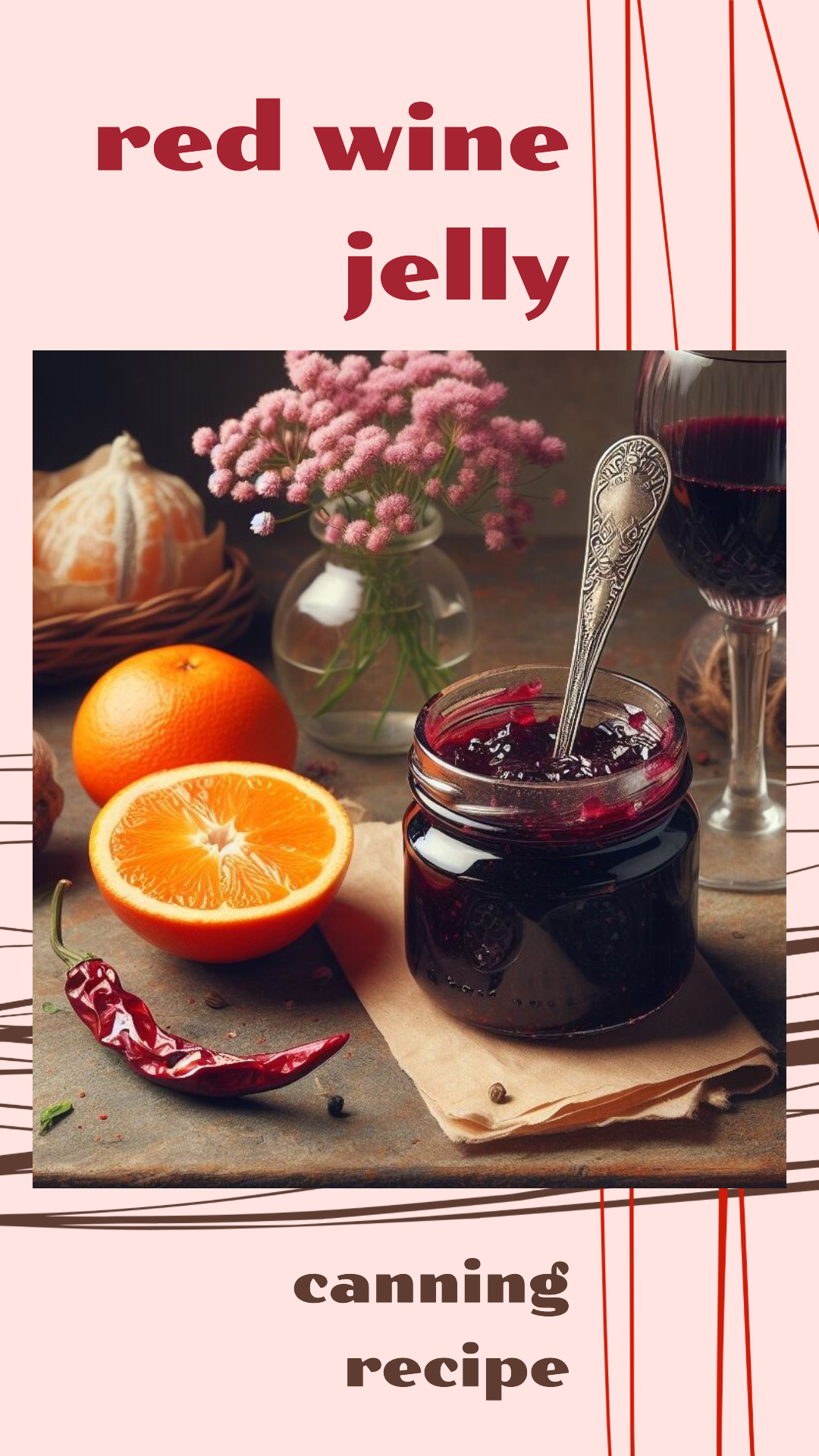
Mostarda Concord Grape Jam Recipe
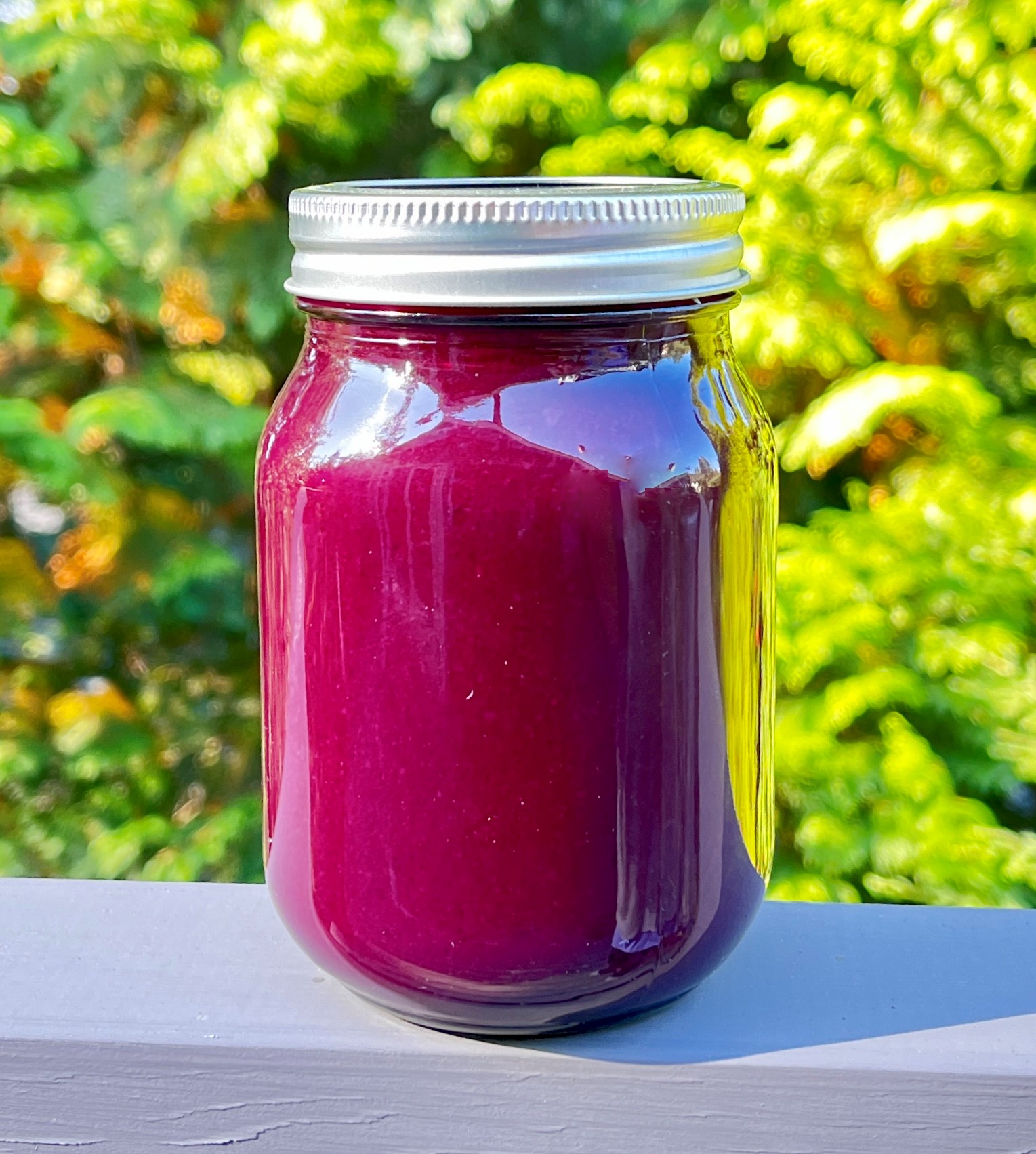
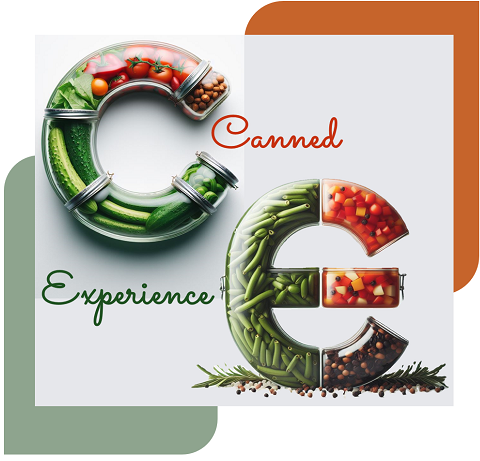
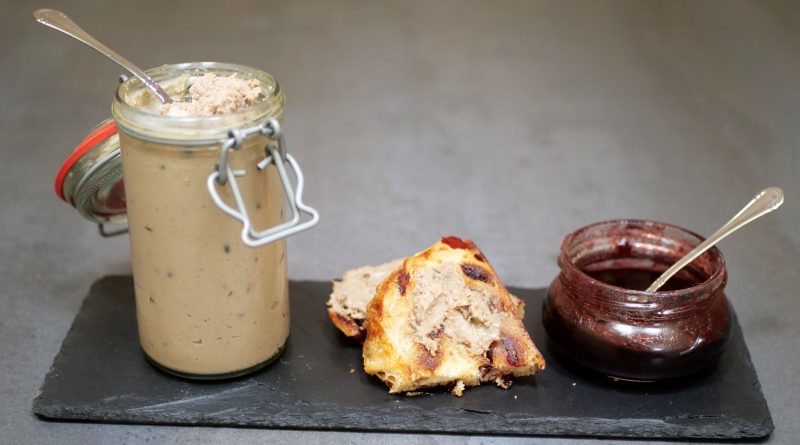
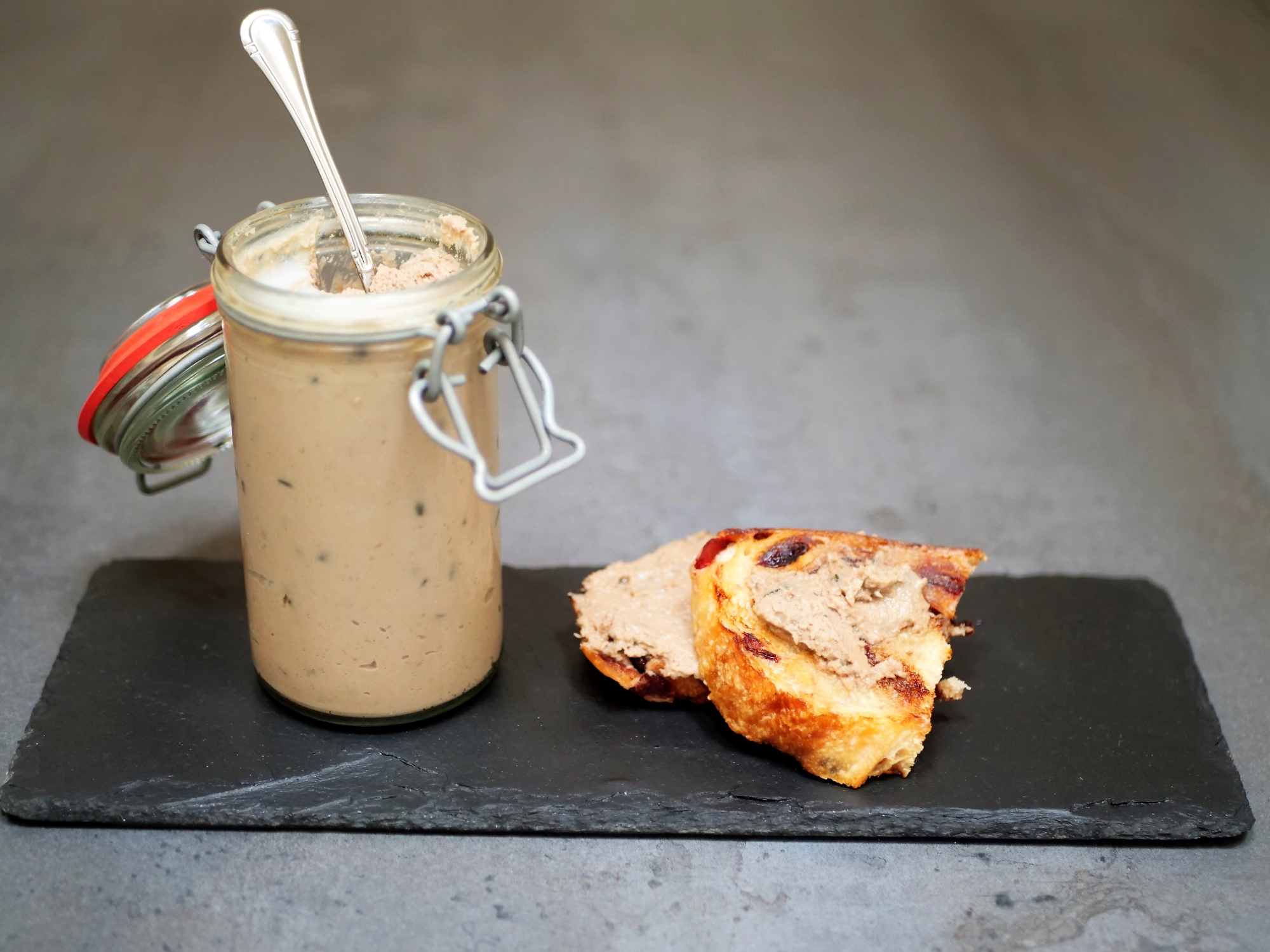


Leave a Reply